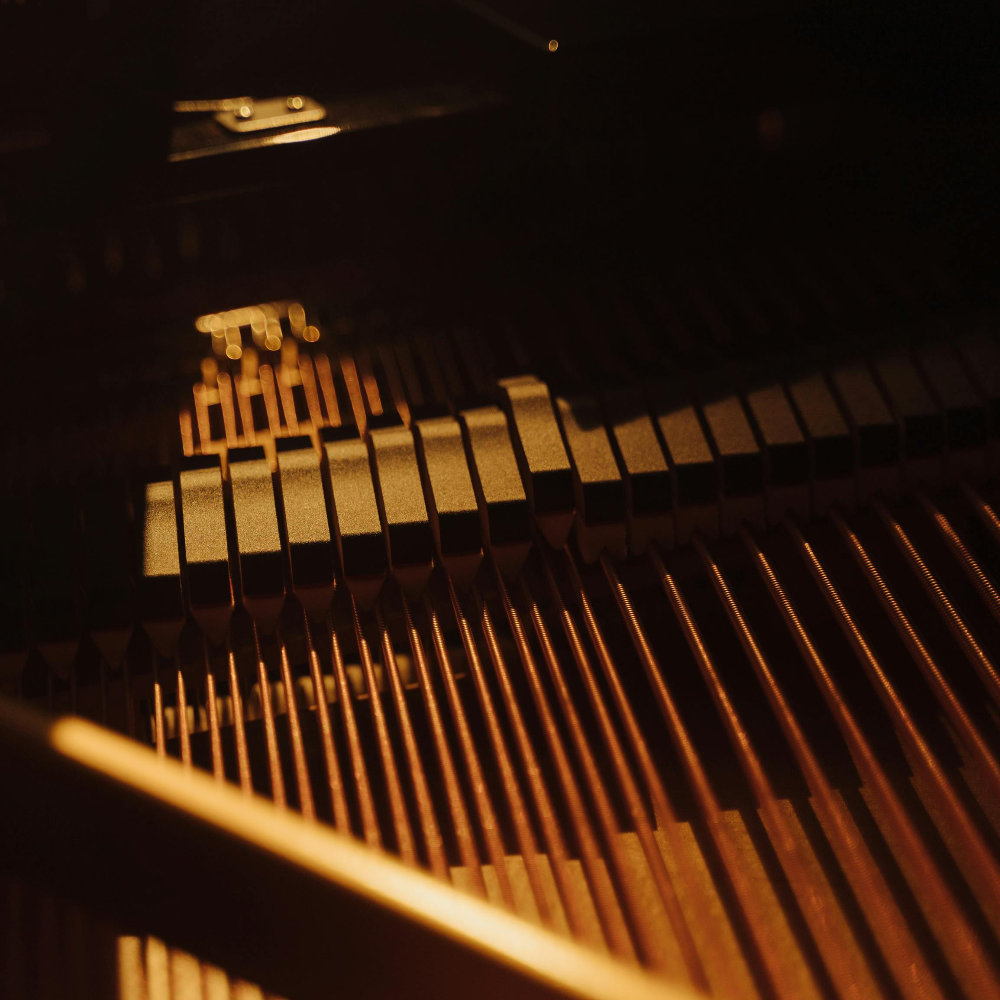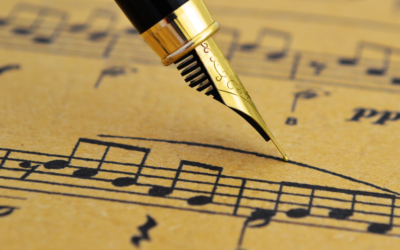Welcome to the Piano Composition Category – Exploring Piano Composition Together
Welcome! I’m Trevor—a piano and theory teacher by profession, teaching online across Canada, the U.S., the U.K., and Australia. For over 25 years, I’ve helped students of all ages learn to play, read, and enjoy music. But alongside teaching, composing has always quietly stayed in the background—a hobby I’ve loved, but one I often didn’t have time for while building my teaching career.
Lately, I’ve been carving out time to change that. This blog category is part of my plan to return to my composition hobby. I’m not aiming to become a concert composer or write the next great sonata. I’m just exploring—learning, experimenting, and getting reacquainted with the piano as a composer, rather than just a performer or teacher. If you’re doing the same, or just curious about the process, I’m glad you’re here.
What You’ll Find in This Category
The piano has such a wide expressive and stylistic range—so much color, depth, and possibility in one instrument. This part of the blog is where I share my notes and reflections as I work to expand my knowledge of writing for piano. The posts in this category aren’t meant as tutorials, complete lessons, or a finished course—they’re simply a record of my learning process and research as I explore different piano styles, forms, and techniques.
Why Follow Along?
You might be a pianist who’s always wanted to write your own piano pieces but weren’t sure where to begin. Or maybe you’ve been composing for a while and are curious how someone else approaches the instrument. Either way, this category offers a look at how I’m attempting to break down the craft of writing for the piano—one composition at a time.
Even after years of playing and teaching, I still find myself asking new questions: What really defines a nocturne? Why do some textures feel effortless while others sound clunky? How can I write something that feels expressive, not just functional? These are the kinds of questions I’m exploring here—and if that resonates, I hope it gives you something to think about, too.
What Kind of Posts to Expect
Here’s the general flow of content you’ll find in this category:
- Form Breakdown – Exploring questions like “What is a Minuet?” or “How does a Theme and Variations form unfold?”
- Composing for Touch – Thoughts on how dynamics, phrasing, and technique influence what and how we write for piano.
- Style Studies – Genre-focused posts on writing in the style of Baroque dances, Romantic character pieces, or jazz idioms.
Feel Free to Explore
Thanks for stopping by this portion of the blog. If you’re exploring how to write for the piano—or just want to hear someone else’s take on it—I invite you to check out more posts in this category. Like everything on this blog, it’s a work in progress. And that’s kind of the point.
Until next time,
Trevor






